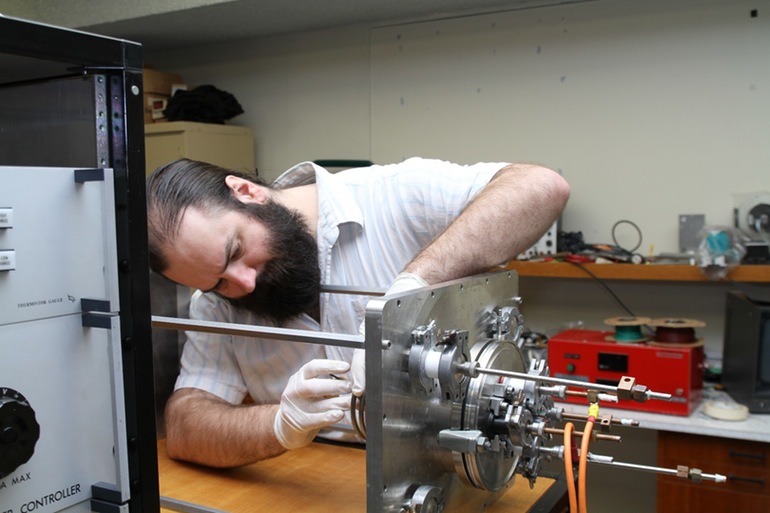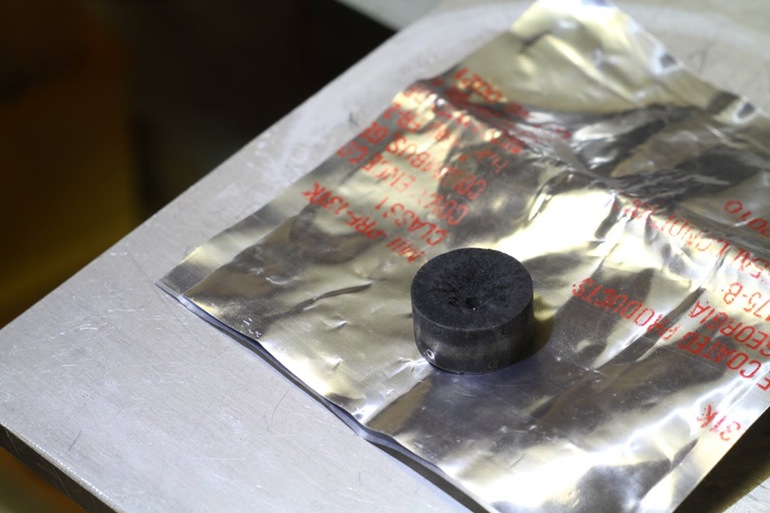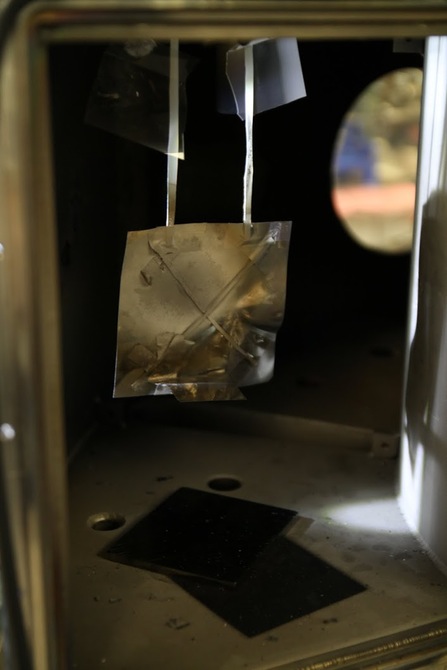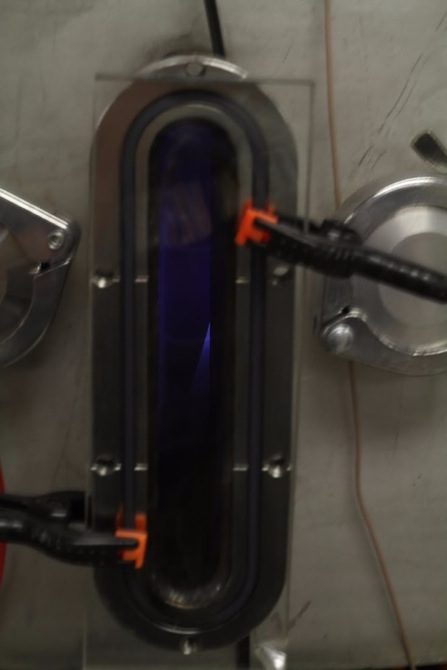Move over Tony Stark a.k.a. Iron Man. Paddy Neumann, a PhD student at the University of Sydney has created a new type of ion space drive that could take humans to Mars and back on a single tank of fuel. This is theoretically even better than NASA’s esteemed High Power Electric Propulsion (HiPEP) engine, which currently holds the record for ion drive performance.
Ion engines, which generate thrust by ionizing a propellent gas using an electric or magnetic field is a classic tortoise and the hare technology. Where chemical rockets can generate millions of pounds of thrust, an ion drive can only manage the equivalent of the weight of a coin. However, chemical rockets can only burn for a matter of minutes, while ion engines can burn for many thousands of hours. This means that while ion-propelled spacecraft are as flightworthy as paperweights on Earth, once they’re in space they can achieve speeds well beyond anything a chemical rocket could manage.
The problem is, there isn’t just one type of ion drive. In fact, there are several and each has its advantages and disadvantages. Some are very simple, but are extremely inefficient. Others generate lots of thrust, but are very complex and heavy. The trick is to find the right design operating on the right principle to produce the most efficient results.
The most effective ion drives in use today are electrostatic or electromagnetic propulsion systems. That is, they work by taking a gas, such as xenon, ionizing it by electron bombardment, radiofrequency excitation, or other methods and then accelerating the resulting ionized gas or plasma using an electrostatic grid or a magnet field.
Dr. Neumann’s engine has several advantages that set it apart from competing ion drives. First, the Neumann prototype uses basic principles of physics for its propulsion system and is simple in design, which makes it easy to operate and repair. Also, it can be powered by several different commonly-found metallic substrates, with the best thus far being magnesium. This multi-fuel capability contrasts with NASA’s drive, which requires the gas Xenon to run.
The researcher will be presenting his findings at the 15th Australian Space Research Conference on September 30 at the Australian Defence Force Academy. In the meantime, after the University of Sydney relinquished intellectual property rights, Neumann applied and has been granted a provisional patent for the technology under a new company, Neumann Space.
Images: Neumann Space






